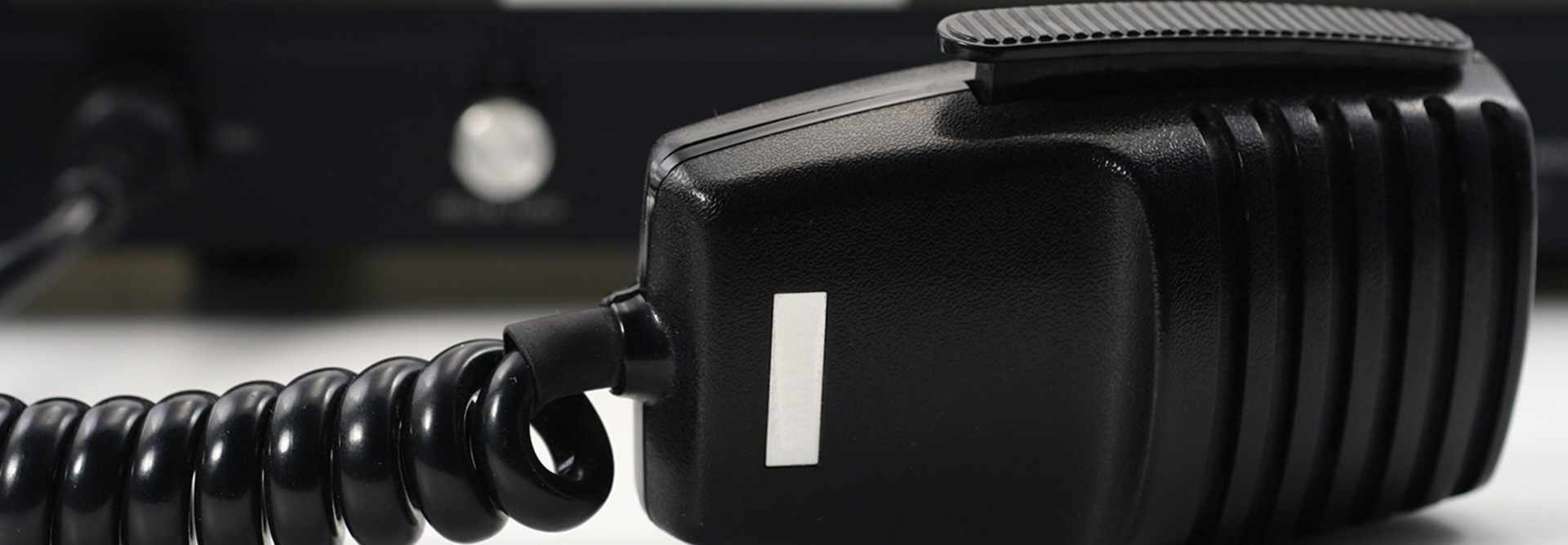What’s in Your IT Go Bag?
It’s one thing when the school Wi-Fi goes down or a projector won’t connect to a laptop. School IT teams are adept at handling those everyday classroom emergencies.
But what about a fire or a weather-related crisis — or worse? Districts will depend on IT to help facilitate evacuations and reunifications. What’s the first step to take?
Being able to communicate.
John Gutzmer, director of information systems and network security for Champaign (Ill.) Unit 4 Schools, thinks all schools should — and can — be prepared for incidents large and small with an emergency “go bag.” Speaking at IDEACon 2020 on Feb. 27 in Schaumburg, Ill., Gutzmer emphasized the importance of IT in preserving communication with both internal and external constituents.
“For parents to communicate in, for people to communicate with each other to get the information out, districts should know how to redirect your incoming phone numbers so they are still going somewhere,” he said.
Gutzmer emphasized phone communication and having messaging prepared for emergencies. Like the childhood game of telephone, “if you don’t tell people what’s going on, they will make up what’s going on,” he said.
For hardware, districts with IP-based phone systems are already a step ahead. “If you are on an IP network internally you have the ability to redirect the internal network and take those phones to an alternative site,” he said. Then, once staff and students have moved to another location, information systems have effectively moved along with them.
Radio communication is equally important. Districts should have radios at the ready in case of emergency to facilitate evacuations and family reunifications. If, for example, there is a fire or weather damage to a building that requires moving students and staff to a different physical location, radios that operate in simplex mode (for use within a single building) or repeated mode (for communicating over a distance) often provide the first and primary link between public safety officers, administration officials and staff.
Radios don’t have to be complicated — in fact, the simpler, the better. “You don’t have to have everybody in the building be an expert about what channels to use. Consider only one channel and one person,” Gutzmer said.
For your go bag, make sure you have building frequencies on hand. “Know your building frequencies, and investigate admin radios that can work multiple buildings for crisis management situations,” he said.
Last but not least, administrators and staff will need access to the student information system, which will be needed when trying to get students back to their parents or guardians.
“It’s really important that you have access to the SIS,” he said. “That’s where you have all the guardian contact information and medical information. If you aren’t able to access it, I would recommend finding a way.”
A laptop is also a critical item to include in the go bag. While Gutzmer did not recommend a specific solution, a device equipped with a solid-state drive and extra RAM will make accessing a district’s servers and data systems much easier and faster when situated offsite.
Having access to school data is also a “nice to have” if you operate physical IP cameras onsite. Being able to observe remotely is a helpful extra set of eyes, especially on high school campuses where corralling and transporting students is more challenging.
“Accounting for people is a lot more difficult at the upper grades,” Gutzmer pointed out. “And cameras may be able to help account for people who won’t report to the relocation site.”









